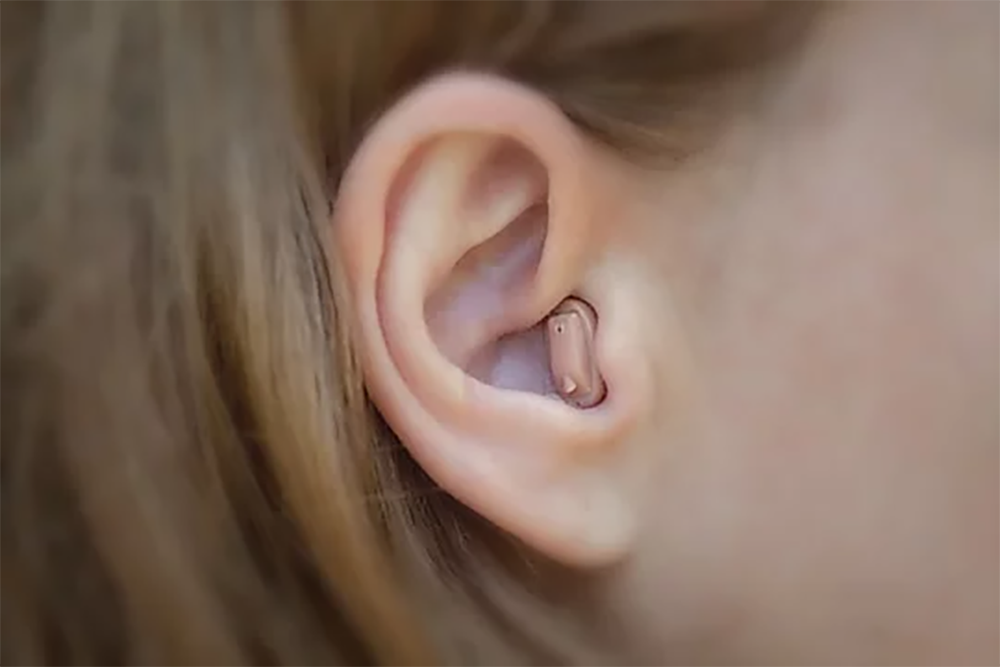Breathing Life into Inanimate Objects: The Artistic Wave of Automaton Sculptures
Introduction: Step into the world of automaton sculpture, where art, engineering, and storytelling intersect. This artistic trend, revitalized by modern technology, redefines our understanding of sculptures and their potential for dynamic, captivating expression.

A Nostalgic Rebirth: The History of Automaton Sculptures
Automaton sculptures, complex pieces that move through a series of mechanisms, have a rich history that traces back to the ancient Greeks. These marvels of engineering, often used in religious ceremonies or as toys for the elite, were fascinating demonstrations of technical prowess, blurring the lines between art and machinery. Their popularity waxed and waned through the centuries, with notable periods of resurgence during the Renaissance and the Victorian era. However, as technology advanced, these intricate structures fell into the shadows of their more sophisticated electronic counterparts.
The Contemporary Take: Automaton Sculptures in the 21st Century
Today, automaton sculptures are undergoing a renaissance, spurred by the growing interest in merging traditional art forms with modern technology. Contemporary artists, like Paul Spooner and Keith Newstead, are pushing the boundaries of this art form, infusing it with modern themes, sophisticated engineering, and a dash of humor. These artists have breathed new life into the static world of sculpture, creating dynamic pieces that engage viewers in an ongoing narrative.
The Interplay of Art and Technology
The re-emergence of automaton sculptures is a testament to the symbiotic relationship between art and technology. Artists are utilizing 3D printing, advanced mechanics, and computer programming to create more complex, lifelike movements. This blending of disciplines elevates the art form, allowing for a level of realism and dynamism previously unattainable.
Impact and Significance: Why Automaton Sculptures Matter
Automaton sculptures offer more than just visual pleasure—they invite viewers to engage with the artwork on a deeper level. The moving components, whether whimsical or uncannily lifelike, spark curiosity and demand interaction. This active engagement is a departure from more traditional art forms, where viewers are passive observers. It challenges our perception of art and its role in society, prompting us to question the boundaries between the animate and inanimate, the real and the artificial.
The Future of Automaton Sculptures: A Trend on the Rise
While still a niche art form, the interest in automaton sculptures is steadily growing. Galleries and exhibitions dedicated to this unique blend of art, mechanics, and storytelling are popping up across the globe. As technology continues to advance, so too will the complexity and realism of these sculptures, opening the door for even more innovative artistic expression.
In conclusion, the revitalization of automaton sculptures is a fascinating example of how art and technology can come together to create something truly unique. It’s a trend that challenges our conventional understanding of sculpture and breathes life into the inanimate, proving once again that art is a constantly evolving and endlessly creative field.




